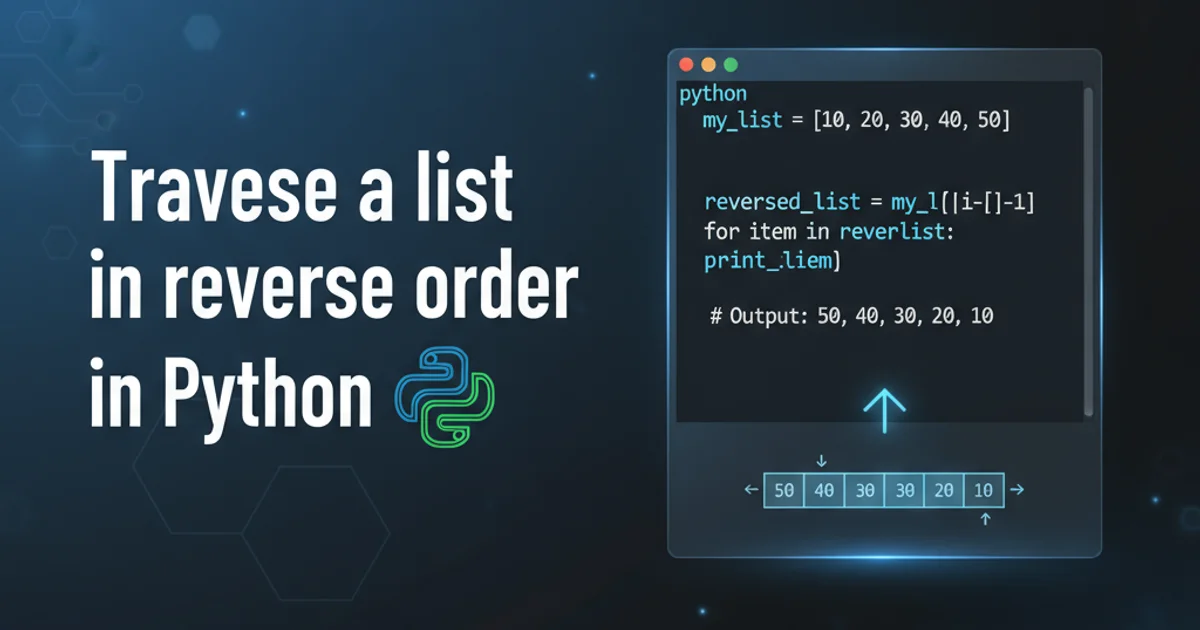combining cat and tail
Categories:
Combining cat and tail for Advanced Log Monitoring

Learn how to effectively combine the cat and tail commands in Ubuntu for powerful real-time log monitoring and file manipulation.
The cat and tail commands are fundamental utilities in Unix-like operating systems, including Ubuntu, for viewing and manipulating text files. While cat (concatenate) is primarily used to display the entire content of a file, tail is designed to show the last part of a file, often used for monitoring logs in real-time. Combining these two commands, especially with pipes, unlocks more sophisticated log analysis and file inspection techniques. This article will explore various scenarios where their synergy proves invaluable.
Understanding cat and tail Basics
Before diving into combinations, let's quickly review the core functionalities of each command. Understanding their individual strengths is key to leveraging them together effectively.
cat /var/log/syslog
Displaying the entire content of a system log file using cat.
tail -n 10 /var/log/syslog
tail -f /var/log/syslog
Viewing the last 10 lines and continuously monitoring a log file with tail.
Piping cat to tail for Filtered Monitoring
One of the most common and powerful ways to combine cat and tail is by piping the output of cat to tail. This allows you to process the entire file content (or a filtered version of it) and then apply tail's capabilities, such as showing only the last few lines or continuously monitoring the output.
flowchart TD
A["Start: cat file.log"] --> B["Pipe | "]
B --> C["tail -n 5"]
C --> D["End: Display last 5 lines"]Basic flow of piping cat to tail.
cat /var/log/auth.log | tail -n 20
Displaying the last 20 lines of the authentication log using cat and tail.
cat file | tail -n X works, for simply getting the last X lines of a file, tail -n X file is more efficient as it avoids reading the entire file into memory. The real power of piping cat to tail comes when cat is combined with other commands like grep first.Advanced Log Analysis with cat, grep, and tail
The true utility of combining these commands shines when grep is introduced into the pipeline. This allows you to filter log entries for specific patterns and then monitor or extract the latest matching entries.
flowchart TD
A["Start: cat access.log"] --> B["Pipe | "]
B --> C["grep 'ERROR'"]
C --> D["Pipe | "]
D --> E["tail -f"]
E --> F["End: Monitor latest ERRORs"]Workflow for monitoring specific error messages in a log file.
cat /var/log/apache2/access.log | grep '404' | tail -f
Continuously monitoring an Apache access log for 404 errors.
cat /var/log/nginx/error.log | grep 'crit' | tail -n 10
Displaying the last 10 critical errors from an Nginx error log.
cat on extremely large files without grep or other filters before tail. Reading an entire multi-gigabyte file into memory can consume significant system resources and slow down your terminal.Practical Use Cases and Best Practices
Beyond simple log monitoring, combining cat and tail can be useful in various scripting and automation tasks. Always consider the most efficient approach for your specific need.
1. Monitor specific user activity
To track recent login attempts for a particular user, you can combine cat, grep, and tail -f on the authentication log. This provides a real-time stream of relevant events.
2. Extract recent configuration changes
If a configuration file is frequently updated and you need to see the latest modifications, cat config_file | tail -n X can quickly show you the most recent lines without opening the entire file in an editor.
3. Debug application output
When an application writes verbose output to a file, using cat app.log | grep 'DEBUG' | tail -f allows you to focus only on debug messages as they appear, aiding in troubleshooting.